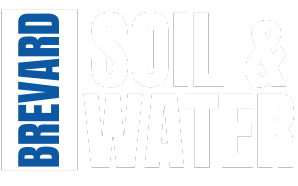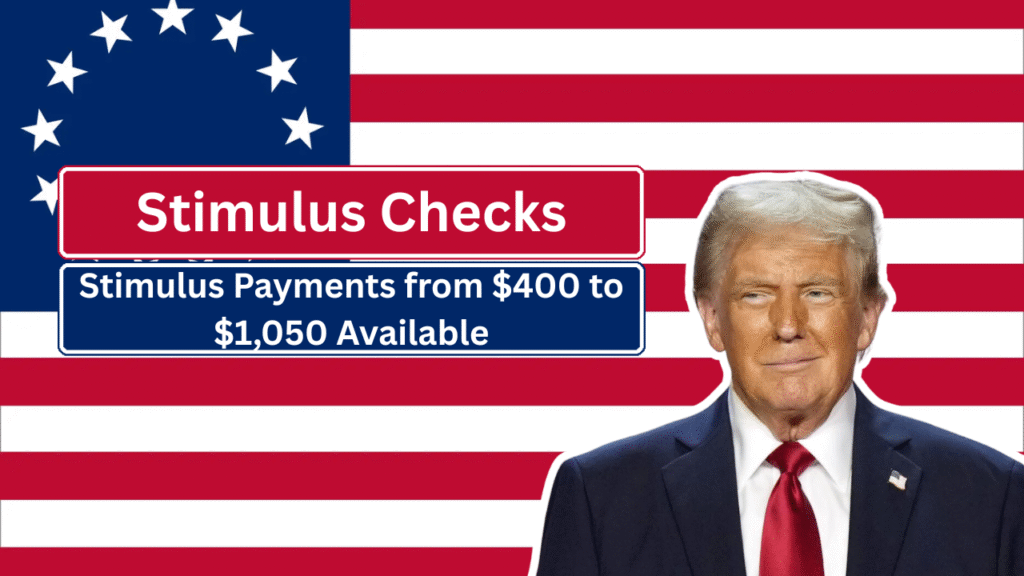The U.S. government has announced new stimulus payments ranging from $400 to $1,050, aiming to provide financial relief to millions of Americans still feeling the effects of recent economic challenges. These payments are part of ongoing efforts to support households dealing with inflation, rising living costs, and economic uncertainty. The payments vary based on eligibility criteria including income, family size, and specific government assistance programs.
Who Qualifies for the Stimulus Payments?
The eligibility for these stimulus checks depends on several factors, primarily income levels, tax filing status, and participation in certain assistance programs. Generally, individuals and families with low to moderate incomes are the primary recipients.
- Income Thresholds: To qualify, individuals typically need to have an adjusted gross income (AGI) below certain limits. For example, single filers with AGI under $75,000 and joint filers under $150,000 may be eligible. Exact income thresholds may vary depending on the specific stimulus program.
- Dependents and Family Size: The payments are also adjusted according to family size, with higher payments available for households with dependents, including children under the age of 17 or qualifying relatives.
- Government Assistance Programs: Some stimulus payments are targeted at recipients of Social Security benefits, Supplemental Security Income (SSI), veterans’ benefits, and other federal assistance programs, ensuring that vulnerable populations receive support.
Breakdown of Payment Amounts
The amount each eligible individual or family receives can range between $400 and $1,050. Here’s how the amounts are generally structured:
- Base Payment: Most eligible adults can expect a base payment of $400.
- Additional Payments for Dependents: Families with children or dependents may receive additional funds, increasing total payments. For example, an extra $150 to $250 may be provided per qualifying child or dependent.
- Supplemental Payments: Certain groups, such as Social Security recipients or veterans, may receive supplemental payments to cover costs not included in previous stimulus rounds.
How to Claim Your Stimulus Payment
Many eligible recipients will receive payments automatically, especially those who have filed recent tax returns or are enrolled in government assistance programs. However, some individuals may need to take additional steps:
- File Your Tax Return: If you haven’t filed a tax return recently, it is essential to do so to claim your stimulus payment. The IRS uses tax records to determine eligibility and payment amounts.
- Use the IRS Non-Filers Tool: For those who do not typically file taxes, the IRS provides an online tool to submit information and claim payments. This tool is available on the IRS website.
- Update Direct Deposit Information: To receive payments quickly and securely, make sure your bank account details are current with the IRS or Social Security Administration.
Where to Find Official Information and Assistance
For accurate and up-to-date information about stimulus payments, eligibility, and claiming procedures, consult the following official government resources:
- Internal Revenue Service (IRS): The IRS provides comprehensive details on stimulus payments, eligibility, and filing requirements at www.irs.gov.
- Social Security Administration (SSA): For information related to stimulus payments tied to Social Security benefits, visit www.ssa.gov.
- U.S. Department of Veterans Affairs (VA): Veterans seeking information on stimulus payments can refer to www.va.gov.
Potential Scams to Watch Out For
With stimulus payments being a significant financial relief, scammers often exploit the situation by impersonating government agencies. To protect yourself:
- Never provide personal information, Social Security numbers, or bank details in unsolicited calls or emails.
- Official stimulus payments do not require fees or payments to be claimed.
- Always verify the source of any communication related to stimulus payments by checking official government websites.
Economic Impact of Stimulus Payments
Stimulus payments serve as an essential tool for economic stability by increasing consumer spending power. When families receive these payments, they often spend on essentials such as groceries, utilities, and healthcare, helping to boost local economies. Additionally, these payments can help reduce financial stress and improve overall well-being during uncertain times.
Looking Ahead
While the current round of stimulus payments offers important relief, the federal government continues to assess economic conditions and may introduce further support measures if necessary. Staying informed and acting promptly to claim any due payments is crucial for those eligible.
Final Thoughts
Stimulus payments ranging from $400 to $1,050 provide vital financial assistance to millions of Americans navigating economic challenges. Eligibility depends on income, family size, and program participation, with many payments automatically disbursed. To maximize your benefits, file your tax return timely, update banking information, and use official government resources for guidance.




